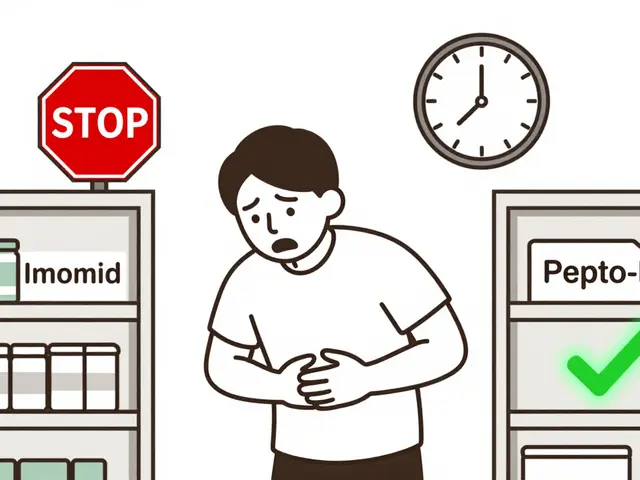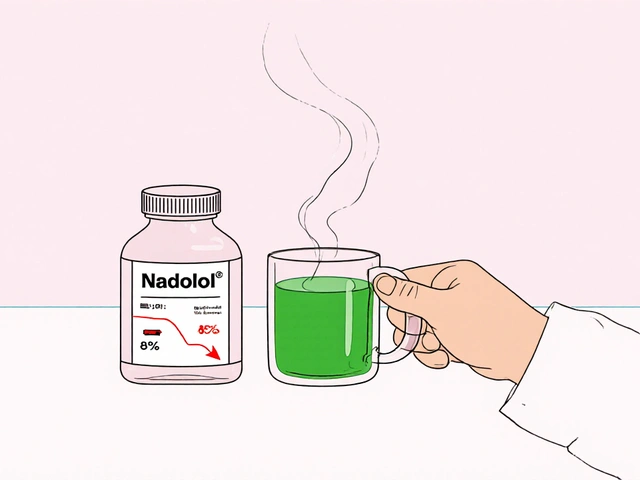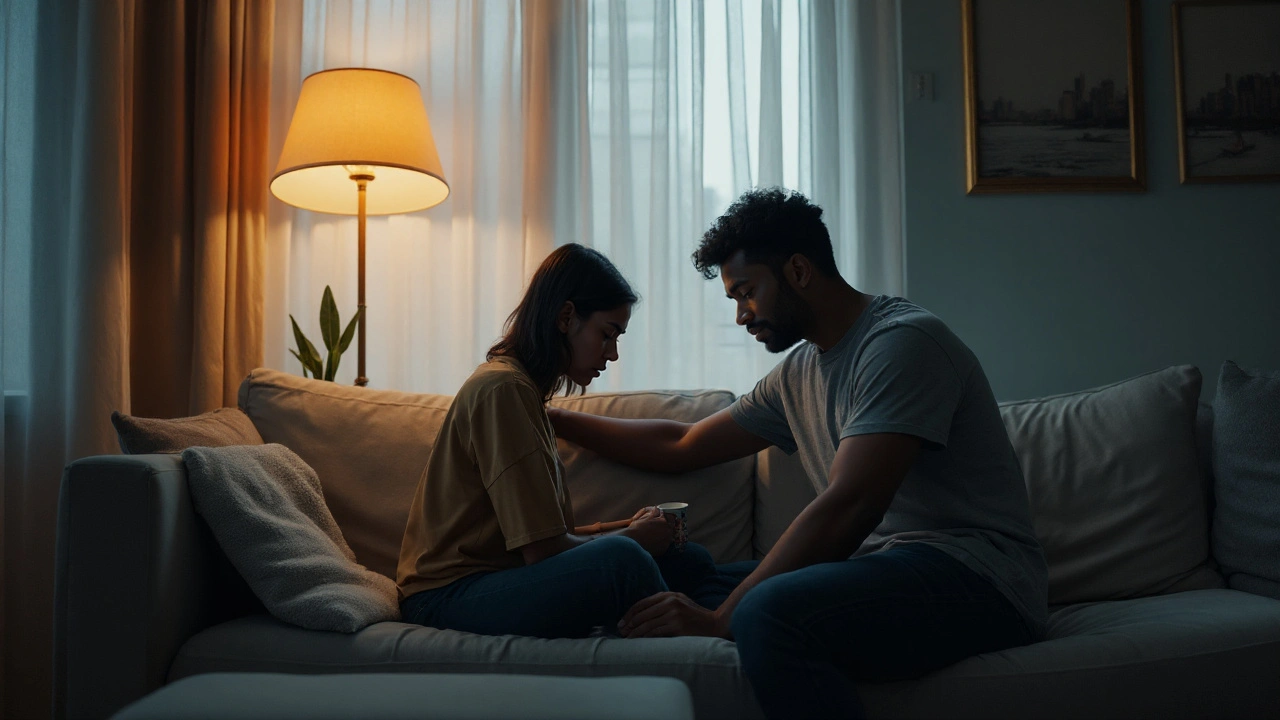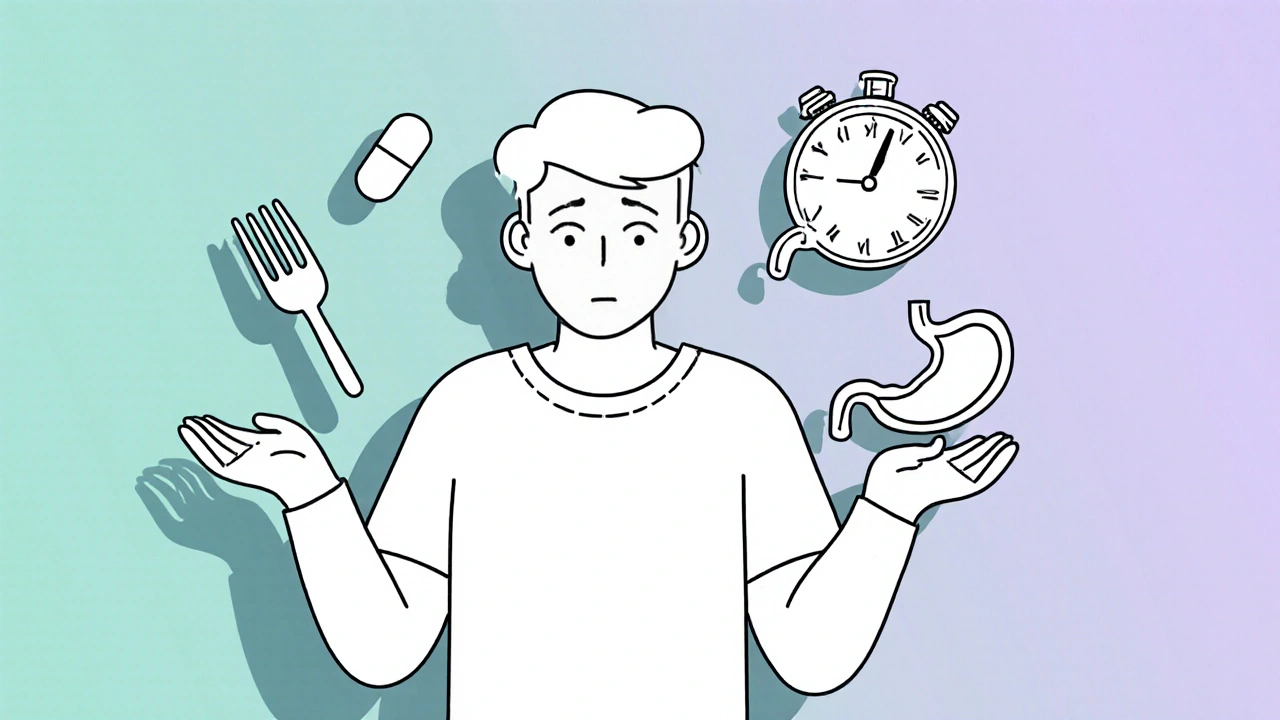Major Depressive Disorder is a mood disorder characterized by persistent sadness, loss of interest, and a range of cognitive and physical symptoms that last at least two weeks. The condition is defined in the DSM‑5 and affects roughly 7% of adults in the UK each year, according to the NHS.
Understanding the Core Features of MDD
The symptoms of Major Depressive Disorder go far beyond feeling blue. Common signs include low mood, fatigue, insomnia or oversleeping, difficulty concentrating, and feelings of worthlessness. Neurotransmitter imbalances-particularly serotonin, norepinephrine, and dopamine-play a central role, which is why pharmacological treatments often target these chemicals.
Beyond the individual, the disorder creates a ripple effect that reaches anyone closely connected to the person experiencing it. Recognizing the full spectrum of symptoms is the first step toward mitigating collateral damage in a partnership.
Why Relationships Feel the Strain
When one partner lives with MDD, the other often becomes an informal caregiver. This caregiver burden is the emotional, physical, and logistical load that accumulates as the healthy partner tries to maintain daily responsibilities while supporting their loved one. Studies from the University of Oxford show that caregiver burden correlates with higher rates of anxiety and depressive symptoms in the supporting partner.
Two relational concepts explain why the strain intensifies:
- Attachment style refers to the internal model of closeness formed in early life. Insecure attachment-especially anxious or avoidant patterns-magnifies sensitivity to a partner's mood swings.
- Communication patterns encompass the ways couples share feelings, negotiate conflict, and provide reassurance. When depression clouds perception, communication often shifts to silence, criticism, or withdrawal.
Both factors create a feedback loop: depressive symptoms erode open dialogue, which then fuels insecurity and further depressive thinking.
Emotional Contagion and the Mood Mirror
Humans are wired for emotional contagion-the tendency to "catch" another's affect. In a relationship, the partner without depression may gradually absorb the low mood, leading to what clinicians call "shared depressive affect." A 2023 meta‑analysis of over 30 longitudinal studies found that 38% of partners of individuals with MDD develop clinically significant depressive symptoms within two years.
Social support, however, acts as a buffer. When the healthy partner receives validation from friends, family, or support groups, they are less likely to internalize the negative affect. Social support includes emotional encouragement, informational advice, and tangible assistance like childcare or household help.
Therapeutic Options That Protect the Couple
Effective treatment for MDD often blends medication, psychotherapy, and lifestyle changes. Each modality influences relationship dynamics differently.
| Treatment | Primary Goal | Typical Onset of Benefit | Effect on Partner Interaction |
|---|---|---|---|
| Cognitive Behavioral Therapy (CBT) is a structured, short‑term psychotherapy that challenges negative thought patterns. | Reframe maladaptive thoughts | 4‑6 weeks | Improves communication; equips both partners with problem‑solving skills. |
| Selective Serotonin Reuptake Inhibitors (SSRIs) are medication that increases serotonin availability. | Alleviate mood symptoms | 2‑4 weeks | Reduces irritability, can improve emotional availability; side‑effects may temporarily affect libido. |
| Couples Therapy focuses on relationship dynamics, communication, and mutual support. | Strengthen partnership | 6‑8 weeks | Directly addresses caregiver burden; promotes joint coping strategies. |
Choosing the right mix depends on symptom severity, personal preference, and the couple's willingness to engage together. For instance, pairing an SSRI with CBT often yields faster mood improvement while also teaching the couple concrete tools for interaction.

Practical Communication Hacks for Couples Facing MDD
Even without professional intervention, partners can adopt habits that lessen the relational fallout.
- Schedule check‑ins: A brief, daily "how are we feeling?" slot creates a predictable space for sharing.
- Use "I" statements: Instead of "You never listen," say "I feel unheard when we don't talk about my day." This reduces defensiveness.
- Validate emotions: Echo the partner's feeling before offering solutions-"It sounds like you're really overwhelmed right now."
- Set realistic expectations: Recognize that energy levels may fluctuate; adjust plans rather than demanding consistency.
- Encourage self‑care: Simple activities like a walk, a warm shower, or a hobby can lift mood and give the relationship breathing room.
These techniques reinforce the communication patterns that nurture intimacy rather than erode it.
When to Call in Professional Help
Some warning signs suggest that self‑management is no longer enough:
- Persistent suicidal thoughts or plans.
- Severe functional impairment-missed work, inability to care for children.
- Escalating caregiver burden leading to the partner's own mental‑health decline.
- Signs of substance misuse as a coping mechanism.
If any of these appear, contact a mental health professional, such as a psychiatrist, psychologist, or accredited counsellor. Early intervention not only improves outcomes for the individual with MDD but also preserves relational health.
Related Concepts to Explore Next
Understanding MDD in a relational context opens doors to several adjacent topics:
- Psychoeducation equips both partners with accurate information about depression, reducing stigma.
- Co‑morbid anxiety often accompanies MDD and can intensify relationship stress.
- Mindfulness‑based stress reduction (MBSR) offers tools for staying present and managing rumination.
- Lifestyle interventions such as regular exercise, balanced diet, and sleep hygiene improve overall mood.
Diving into any of these areas deepens the toolkit for couples navigating the ups and downs of depression.
Frequently Asked Questions
Can depression make a partner suddenly become "cold" or distant?
Yes. One of the hallmark symptoms of Major Depressive Disorder is reduced interest in activities, which often includes social interaction. The brain's reward pathways are dulled, so the person may appear emotionally flat or withdrawn, even if they still care deeply.
Is it normal for the non‑depressed partner to develop mild depression?
Research shows that up to 40% of partners experience depressive symptoms within two years of their loved one’s diagnosis. This phenomenon, called "shared depressive affect," underscores the importance of seeking support early.
Should I encourage my partner to take medication?
Medication can be a vital component, especially for moderate‑to‑severe cases. Approach the topic with empathy: share what you’ve learned, ask how they feel about treatment, and offer to attend the psychiatrist appointment together.
How can couples therapy help when one partner has depression?
Couples therapy provides a neutral space to discuss the emotional fallout, teach active‑listening skills, and create joint coping plans. It also reduces caregiver burden by validating the healthy partner’s experience.
What are quick daily habits that support a partner with MDD?
Simple rituals like a morning coffee together, a brief gratitude check‑in, or a shared walk can foster connection. Consistency matters more than grand gestures.
When is it necessary to involve a mental health professional?
If suicidal thoughts emerge, daily functioning drops dramatically, or the caregiver’s own mental health deteriorates, seek professional help immediately. Early referral improves prognosis for both individuals.





Comments
12 Comments
Wendy Chiridza
Really well-structured piece. I appreciate how you broke down the relational dynamics without oversimplifying. The part about attachment styles and communication patterns is spot on. I’ve seen this play out in my own relationship - silence isn’t indifference, it’s exhaustion. And validating emotions before fixing? Life-changing.
Pamela Mae Ibabao
Okay but let’s be real - most people don’t have access to couples therapy or even a decent therapist. SSRIs are great if you can afford them and aren’t scared of emotional blunting. Meanwhile, the partner’s just out here surviving on coffee and guilt. The article reads like a luxury pamphlet.
Gerald Nauschnegg
I’m gonna say this loud and clear - depression isn’t a relationship problem, it’s a personal one. You can’t fix someone else’s brain. I’ve been the caregiver, I’ve been the depressed one, and honestly? The healthiest thing you can do is set boundaries or leave. Love isn’t a therapy session. Stop romanticizing martyrdom.
Joanne Rencher
Wow, another ‘here’s how to fix your partner’ guide. Newsflash: if your partner’s that bad off, you’re not their therapist. Just call a professional. Stop pretending you’re doing God’s work by making them coffee.
Erik van Hees
You missed the most critical point - depression in relationships is often a symptom of systemic neglect. People don’t get MDD because of serotonin levels alone. They get it because they’ve been emotionally starved for years. Therapy won’t fix that if the environment stays toxic. Also, CBT is overrated - it’s just positive thinking with a fancy name.
Cristy Magdalena
I’ve been there. The silence. The guilt. The way your partner looks at you like you’re a burden even when they’re too tired to say it. And then you start doubting your own joy - like it’s a betrayal. I cried every night for six months. No one warned me that loving someone with depression means grieving the person they used to be… while they’re still alive.
Adrianna Alfano
my sister went through this and i didn’t know what to do so i just sat with her on the floor and didn’t say anything for 45 minutes. she cried. then she said ‘thank you’. no advice. no fixes. just presence. also i’m from india so i’ve seen how families just pretend it’s not happening - that’s the real tragedy. mental health stigma is worse than the illness sometimes
Casey Lyn Keller
Did you know that 87% of mental health content on Reddit is sponsored by pharma? SSRIs are just mood suppressants disguised as cures. The real solution? Sunlight, omega-3s, and quitting social media. This whole article is a distraction. They want you dependent on pills and therapy so they keep making money.
Jessica Ainscough
Just wanted to say - if you’re reading this and you’re the partner of someone with MDD, you’re doing better than you think. You don’t have to fix it. Just showing up counts. Even on the days you’re tired. Even when you don’t know what to say. That’s enough.
May .
people say depression is invisible but its the quietest scream
Sara Larson
THIS. 💛 Every single hack here? I use them daily. Morning coffee with my partner? We don’t even talk. Just sip. Then I say ‘I’m proud of you for getting out of bed.’ And she smiles. Small things. Big love. You’re not alone. And yes - you’re doing amazing. 🌱
Josh Bilskemper
Let’s not pretend this is groundbreaking. Every university psychology 101 syllabus covers this. CBT? SSRIs? Couples therapy? Basic. The real issue is cultural incompetence. We treat depression like a personal failing, not a biological and social condition. Also, ‘emotional contagion’? That’s just empathy with a PhD.
Write a comment